Review
Different types of micro-organisms
The figure below shows the outer structure of Gram positive and Gram negative bacteria. Gram-negative bacteria have a second, outer membrane which can make them more impermeable to drugs.
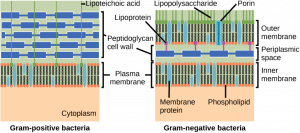
DNA replication and protein synthesis
Various antimicrobial family affect DNA replication and protein synthesis. The following two figures are a quick reminder of the various steps as well as the enzymes involved in the process.
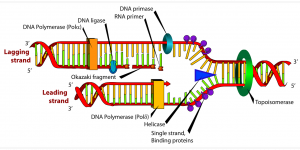
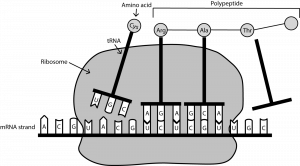
Pharmacokinetics
This is a summary of the various parameters that are important in antibiotherapy. On this figure you should be able to place Cmax, t1/2, and the Minimum Inhibitory Concentration (MIC) but also explain the difference between an antimicrobial that is concentration or time-dependent.
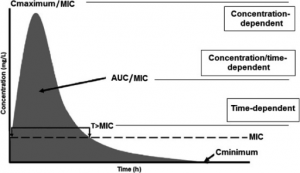
entero-hepatic recycling
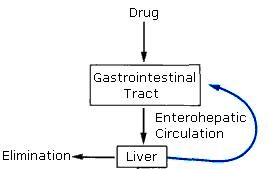
Some drugs are recycled in the host body due to the enterohepathic circulation. The molecules get absorbed in the intestinal tract, get into the liver where most of them do not get metabolized. The drug then gets excreted into the bile and from there into the intestinal tract where they get absorbed a second time. This mechanism allows for the extension of the half-life of the drug which is particularly interesting in time-dependent molecules.
